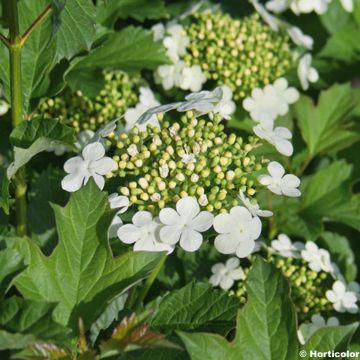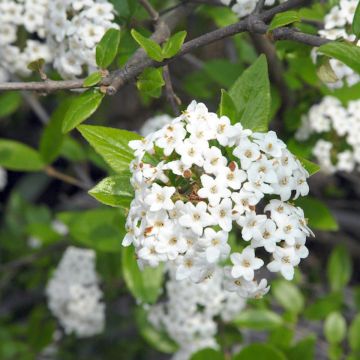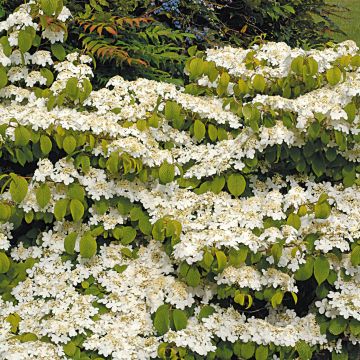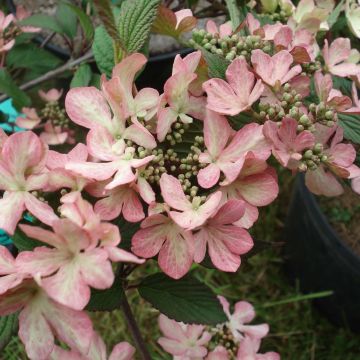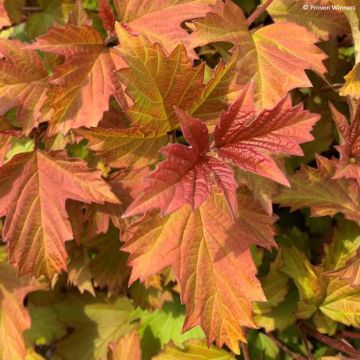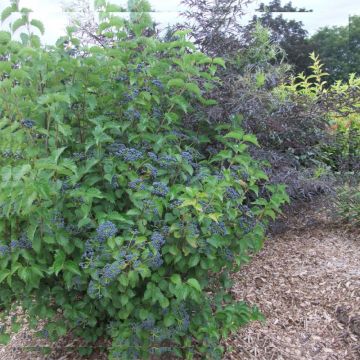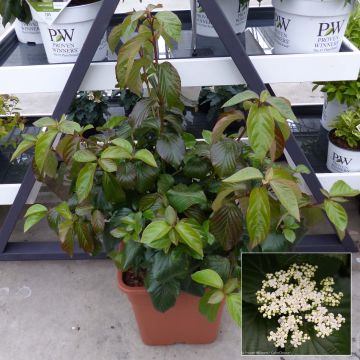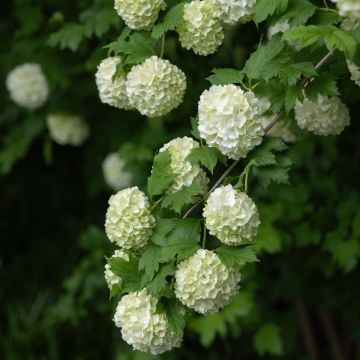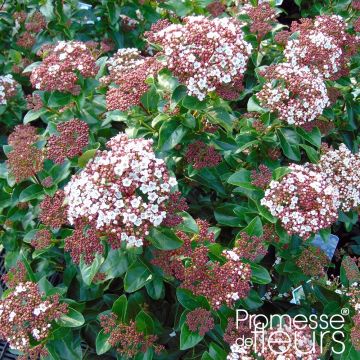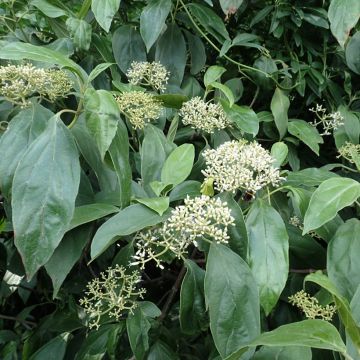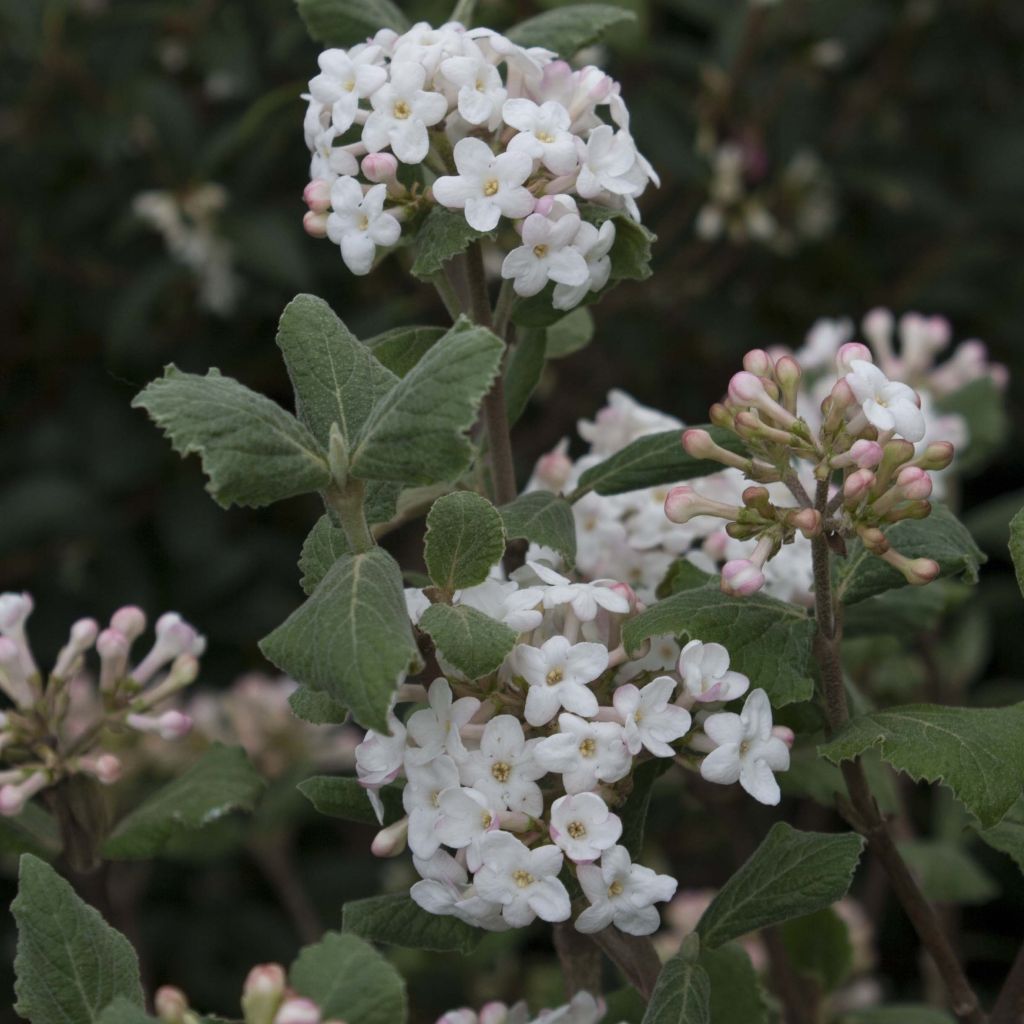

Viburnum carlesii Caprifoliaceae
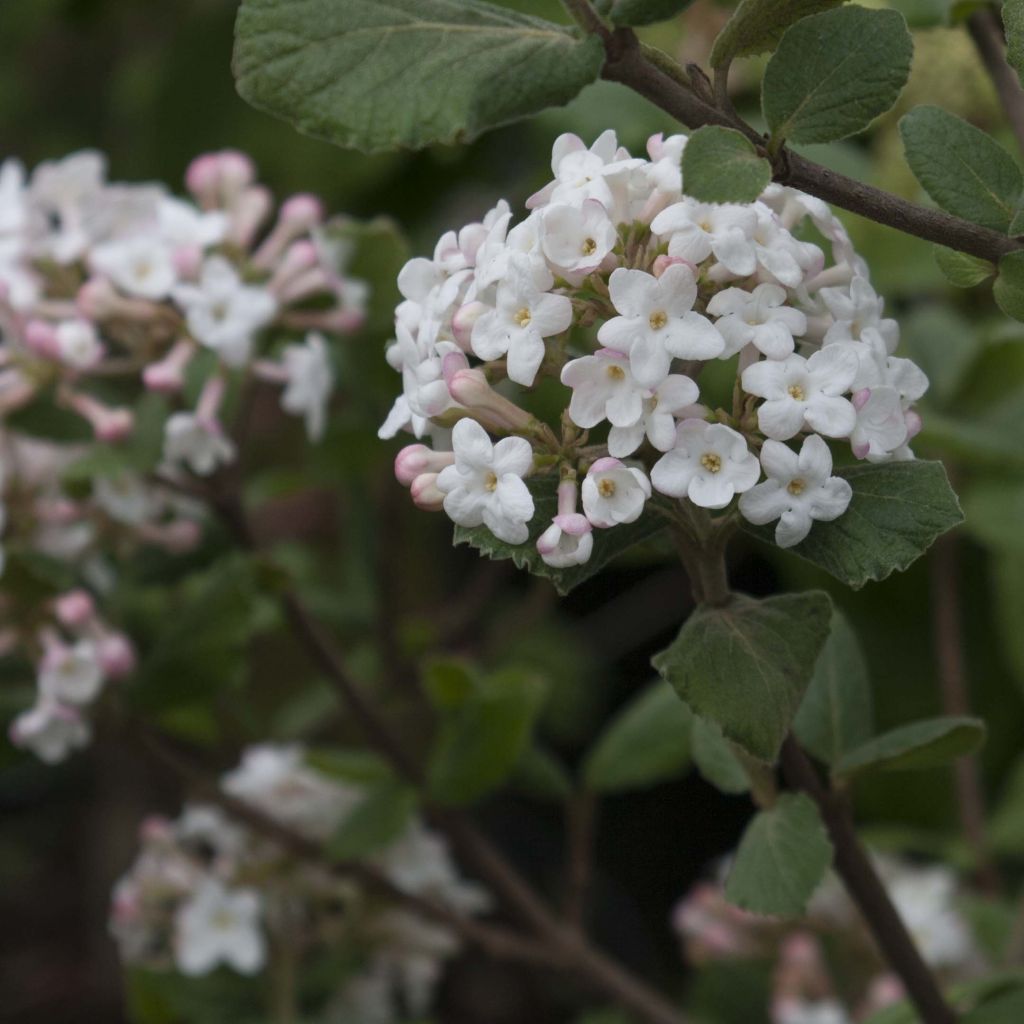

Viburnum carlesii Caprifoliaceae
Viburnum carlesii Caprifoliaceae
Viburnum carlesii Caprifoliaceae
Koreanspice Viburnum, Korean Spice Viburnum
This item cannot be shipped to the selected country
Delivery charge from €5.90
Delivery charge from €5.90
More information
Delivery charge from €5.90
Delivery charge from €5.90
More information
Schedule delivery date,
and select date in basket
This plant carries a 24 months recovery warranty
More information
We guarantee the quality of our plants for a full growing cycle, and will replace at our expense any plant that fails to recover under normal climatic and planting conditions.
From €5.90 for pickup delivery and €6.90 for home delivery
Express home delivery from €8.90.
From €5.90 for pickup delivery and €6.90 for home delivery
Express home delivery from €8.90.
Does this plant fit my garden?
Set up your Plantfit profile →
Description
The Viburnum carlesii is a round and bushy bush that forms from its base and is adorned with deciduous and pubescent foliage, dark green with remarkable shades of orange-red. During spring, when its leaves are budding, numerous round bouquets of pink floral buds open into waxy flowers, first white-pink and then pure white, with an intoxicating scent of orange blossom. Hardy and easy to grow, it can be planted in full sun or partial shade in any soil that is not too chalky, ordinary, and moist. It can be used as a hedge, in the background of a flowerbed, or as a standalone plant near the house to fully enjoy its flowering.
The Viburnum carlesii offers a flowering with a most delicious scent among the viburnums. This Korean shrub forms a regular rounded bush of 2 meters (6 feet 7 inches) in all directions with oval, pointed, finely dentate, and very villous foliage on the underside, which regrows in spring. In April-May, the small flowers grouped in white spheres of 5 to 7 cm (2 to 2.8 in) in diameter release a powerful scent of orange blossom. Its buds are pink and gradually turn white during flowering, creating a subtle gradient of colours that stands out perfectly against the dark foliage that is gradually unfolding and developing. The deciduous shrub is adorned with flamboyant red colours in autumn before losing its leaves. The flowers are followed in September-October by spherical clusters of red then black fruits, extending the ornamental interest throughout part of winter.
Hardy up to -20°C, the Viburnum carlesii can be used as a standalone to attract attention in small gardens or as a hedge or in a flowerbed in larger gardens. Its inflorescences can be used for making bouquets. Consider planting it in a high-traffic area to fully enjoy its scent, such as near a window or door.
Viburnum carlesii Caprifoliaceae in pictures
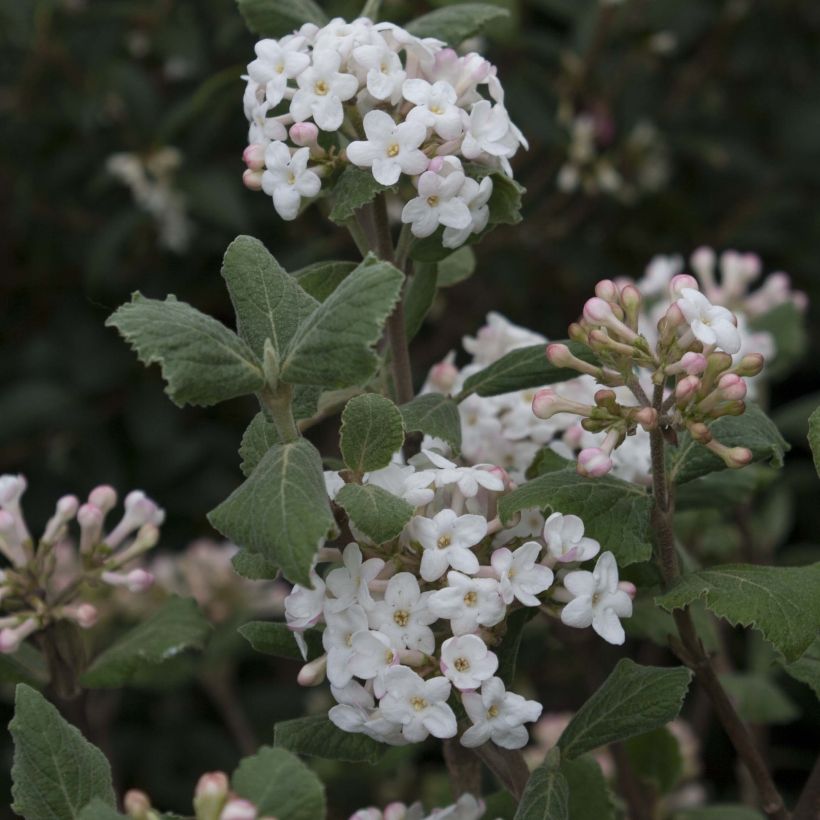

Plant habit
Flowering
Foliage
Botanical data
Viburnum
carlesii
Caprifoliaceae
Koreanspice Viburnum, Korean Spice Viburnum
East Asia
Other Viburnum
Planting and care
Hardy up to -20°C (-4 °F), Viburnum carlesii thrives in sunny or semi-shaded positions. Plant it in moist but well-drained soil. Depending on the nature of your soil, adjust its pH with peat or compost as it won't tolerate excessive limestone. At the beginning of its establishment, ensure regular watering (except during frost periods) and mulch the soil from spring onwards. Viburnums are sometimes infested with black bean aphids (Aphis fabae), a parasite that also overwinters on Euonymus and is a vector of Cucumber Mosaic Virus, causing a fairly serious mosaic. The leaves are sometimes ravaged by a leaf beetle: spray with pyrethrum at the appearance of yellow larvae speckled with black. Powdery mildew, rot, and leaf spots can also affect viburnums.
Planting period
Intended location
Care
This item has not been reviewed yet - be the first to leave a review about it.
Haven't found what you were looking for?
Hardiness is the lowest winter temperature a plant can endure without suffering serious damage or even dying. However, hardiness is affected by location (a sheltered area, such as a patio), protection (winter cover) and soil type (hardiness is improved by well-drained soil).

Photo Sharing Terms & Conditions
In order to encourage gardeners to interact and share their experiences, Promesse de fleurs offers various media enabling content to be uploaded onto its Site - in particular via the ‘Photo sharing’ module.
The User agrees to refrain from:
- Posting any content that is illegal, prejudicial, insulting, racist, inciteful to hatred, revisionist, contrary to public decency, that infringes on privacy or on the privacy rights of third parties, in particular the publicity rights of persons and goods, intellectual property rights, or the right to privacy.
- Submitting content on behalf of a third party;
- Impersonate the identity of a third party and/or publish any personal information about a third party;
In general, the User undertakes to refrain from any unethical behaviour.
All Content (in particular text, comments, files, images, photos, videos, creative works, etc.), which may be subject to property or intellectual property rights, image or other private rights, shall remain the property of the User, subject to the limited rights granted by the terms of the licence granted by Promesse de fleurs as stated below. Users are at liberty to publish or not to publish such Content on the Site, notably via the ‘Photo Sharing’ facility, and accept that this Content shall be made public and freely accessible, notably on the Internet.
Users further acknowledge, undertake to have ,and guarantee that they hold all necessary rights and permissions to publish such material on the Site, in particular with regard to the legislation in force pertaining to any privacy, property, intellectual property, image, or contractual rights, or rights of any other nature. By publishing such Content on the Site, Users acknowledge accepting full liability as publishers of the Content within the meaning of the law, and grant Promesse de fleurs, free of charge, an inclusive, worldwide licence for the said Content for the entire duration of its publication, including all reproduction, representation, up/downloading, displaying, performing, transmission, and storage rights.
Users also grant permission for their name to be linked to the Content and accept that this link may not always be made available.
By engaging in posting material, Users consent to their Content becoming automatically accessible on the Internet, in particular on other sites and/or blogs and/or web pages of the Promesse de fleurs site, including in particular social pages and the Promesse de fleurs catalogue.
Users may secure the removal of entrusted content free of charge by issuing a simple request via our contact form.

































